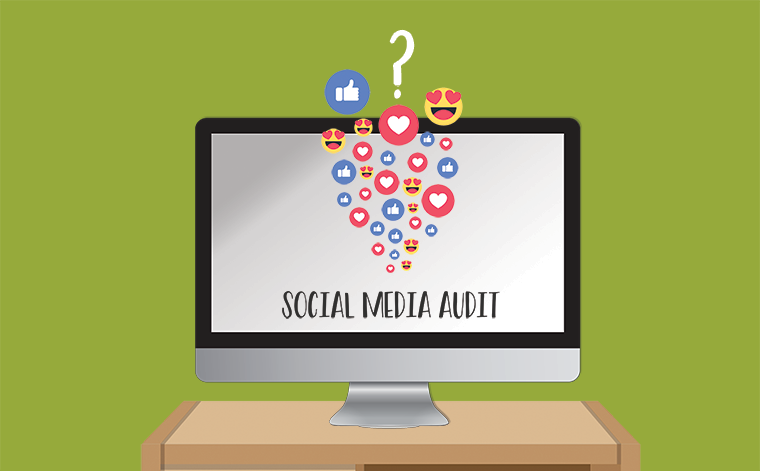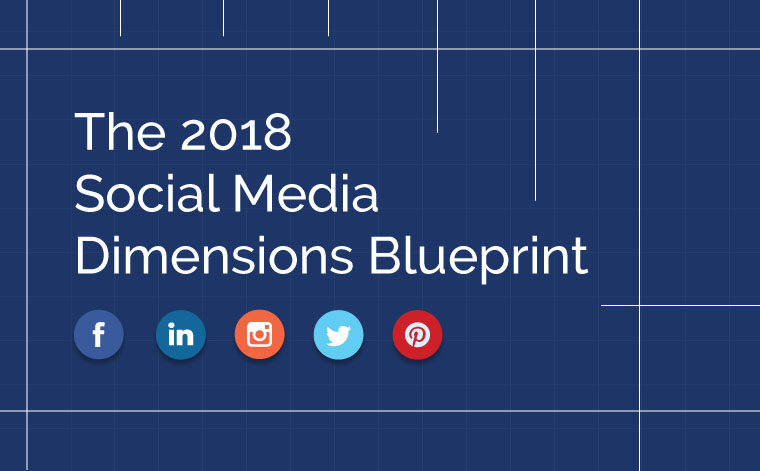
Company ABC is a tech consulting firm in the secure government contracting space that promotes a fundraising event for a highly respected, well run charity for rehabilitating soldiers injured abroad. The veteran owners and many of their clients care passionately about the cause, and the thousands of dollars they contribute directly impact those in need of immediate assistance. Their contribution fills a vast funding deficit and gives the charity a much needed financial boost. And, it serves as an expression of Company ABC’s brand. They pride themselves on their integrity, reputation and transparency, and their commitment to their clients, country and community is evident in their brand from the way they provide services to the way they demonstrate giving back.
But what happens if the CEO’s values are different than those of its audience? I was asked this recently by a CEO client who was trying to make sense of the drama around Chick-fil-A and its active support of groups that promote “traditional marriage” and oppose same-sex marriage equality. Back to that in a moment.
Since the advent of the Corporate Social Responsibility (CSR) evolution of a decade or so ago, companies on the leading edge of social and environmentally responsible behavior could build strong brands from charitable actions related to their business. CEOs, whether as a result of an authentic, evolved perspective or as a result of previously unexamined supply chain practices, became more aware of the impact their operations had on their community and world, and many worked––and are still working––toward becoming more transparent in what they do as business entities.
For some businesses, their CSR and sustainability efforts have redefined their brands. IKEA, whose natural reforestation efforts, use of solar energy and fight against child labor in the supply chain has developed into a broad commitment to create “better everyday life” for the many, including major giving to UNICEF and Save the Children .
As a consumer, I like it. And as a business owner, it’s important to me to give back to the community and to operate in an environmentally sound way. . . and that we choose vendors and clients whose core values and brand visions are not out of alignment with our own. We give to a variety of organizations that are meaningful to us, that are related to our brand and that help further tell our story to our target audience.
So back to Chick-fil-A and those muddy waters. . . when is brand simply about the product and audience, when does it come to represent a set of values and when does interpreting those brand values potentially cross the line ideologically?
While my client has long known that Chick-fil-A operated on some pretty conservative Christian values, like never opening on Sunday, it always struck him as fairly positive and family oriented. However, when President Dan Cathy proudly admitted that the company had been actively involved in opposing gay marriage across the country, my client questioned the company’s choice. And while he personally would never allow his company to become political, what business owner doesn’t care about “policy” of some kind?
This isn’t a new question. Some brands have found themselves at the center of controversy by ignoring their social responsibility altogether — Joe Camel and friends being held accountable for the increase in tobacco sales to minors. Major retail clothing stores and some pretty noteworthy designers were forced to look at production due to unfair labor practices.
This brings up some good questions for C-level execs to consider. When is a brand about the CEO? (Always, to a certain extent). When is a brand about the customer? (Always, to a greater extent.) Is the brand related to a CSR policy and/or cause, and where is the line between personal beliefs and brand beliefs? Guess what, folks? Your business brand may or may not be the best place for a cultural debate unless you are prepared for the potential fallout from a particular group.
The bottom-line is, when a company truly embraces CSR, it opens itself up to criticism. Does that mean you should only play it safe? That’s one way to approach it, I suppose.
Authenticity is still your best bet, but stick to what you’re good at. Know your target audience and what’s important to them about your brand. Make your social responsibility relate to your business brand, not a personal social or political agenda — unless you are prepared to face potential controversy. With today’s highly connected, informed and opinionated social networks, news will always spread, and there is an expectation of commitment to “something.” Make what your committed to be about your brand and your customer.
Don’t assume that your customers are oblivious. Sometimes little attention is paid, and sometimes customers are profoundly astute and engaged. Eventually they will respond. Be aware of the impact of unintended consequences.
The best idea, I think, is to know why you’re in business, know who your market is, focus on what you’re really good at and stick to it. While scandal and controversy, intentional or not, will surely garner publicity, the leadership of an organization needs to ask — is this part of our overall strategy?
Personally, I think Mr. Cathy will be on the wrong side of history on this one. But we shall see.
~ Wendy Baird, principal and president
READ MORE











 Company ABC is a tech consulting firm in the secure government contracting space that promotes a fundraising event for a highly respected, well run charity for rehabilitating soldiers injured abroad. The veteran owners and many of their clients care passionately about the cause, and the thousands of dollars they contribute directly impact those in need of immediate assistance. Their contribution fills a vast funding deficit and gives the charity a much needed financial boost. And, it serves as an expression of Company ABC’s brand. They pride themselves on their integrity, reputation and transparency, and their commitment to their clients, country and community is evident in their brand from the way they provide services to the way they demonstrate giving back.
Company ABC is a tech consulting firm in the secure government contracting space that promotes a fundraising event for a highly respected, well run charity for rehabilitating soldiers injured abroad. The veteran owners and many of their clients care passionately about the cause, and the thousands of dollars they contribute directly impact those in need of immediate assistance. Their contribution fills a vast funding deficit and gives the charity a much needed financial boost. And, it serves as an expression of Company ABC’s brand. They pride themselves on their integrity, reputation and transparency, and their commitment to their clients, country and community is evident in their brand from the way they provide services to the way they demonstrate giving back.
